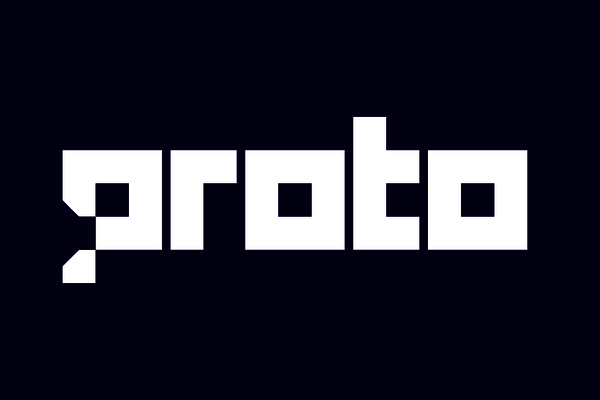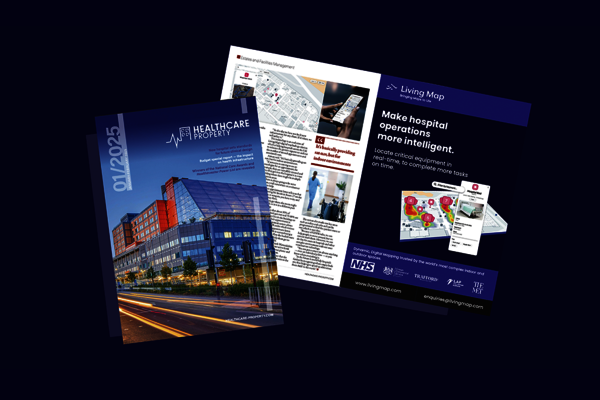About Last Year: Living Map's Dev Team Roundup


Watching Living Map grow and evolve over the six years I’ve been here has been fantastic. As we wrapped up 2024 in December, we shared insightful articles from Miles, our Senior Designer, and Rob, our Product Owner, reflecting on our product’s evolution. If you missed them, you can catch up here. I recommend reading their articles for a better understanding of how far we’ve come.
As we step into 2025, I’d like to contribute to the review of last year by sharing some of my recent highlights. From the Dev team's perspective, I’ll dive deeper into how our technical landscape has evolved over the past year.
Alerts and Observability
As we scale at Living Map we’re focusing more than ever on reliability, fault tolerance and diagnostics.
One of the key improvements in 2024 was our live error alerts from our backend services including the ability to easily follow the full lifecycle of any transaction. The team can now identify and triage issues as they happen which makes it easier to replicate problems in our development environments.
An added benefit of this improvement is that we can use this information as a supplement to our more traditional analytics. From now, we can use this data to better understand how people interact with our maps and this drives continuous improvement in our products.
Basemaps
The focal point of our maps is our indoor data, but the basemap gives essential context and visual flare to our maps.
In 2024, we overhauled the infrastructure and hosting strategy for our basemaps. We continued to use OpenStreetMap data, but we’ve optimised the content for our use case.
But, what does this mean for our products?
- Our maps load faster and are more performant than ever before.
- We can tailor the content of our basemaps so it complements our focus on indoor data.
- The developer experience for managing our basemaps has been vastly improved, implementing custom tooling packaged as a custom command line interface (CLI).
Moving into this space has been a great step for the Dev team. It’s given us a much greater understanding of the fundamentals of web maps and contributes to our culture of expertise.
Testing
One of our other key focuses in 2024 was investing in tightening our automated testing and processes to achieve increasingly high levels of confidence before our work goes to production. Comprehensive test coverage is becoming more important as we scale and we support more users.
To ensure full coverage of our platform, we’ve particularly focused on:
- Component based testing in the Frontend, in particular using Chromatic in our workflow to review UI components.
- Improved integration testing for our backend services running in our CI pipeline, minimising potential for regression.
- Performance, load and stress testing of our backend services so we can be confident how our software performs under real conditions.
Our tests are reported promptly, enabling quick follow-ups on failures, early detection of side effects from changes, and efficient planning for resolution.
Locator
Our Locator product for asset tracking and visualisation has undergone huge leaps as we’ve been adding new features and planning out our support strategy:
- More context: The Locator now provides users with information on points-of-interest that are near their assets.
- Improved performance: We’ve introduced a wave of improvements to optimise our locator services.
- Customisable Asset Filtering: We’ve implemented a highly configurable asset filtering system, that can be tailored to meet the specific needs of each use case.
A particularly exciting aspect of our Locator product is that it marks our first venture into global maps, whereas we’ve previously focused on local mapping. The ability to track assets on both local and global scales makes it applicable to a wide range of use cases, for example, transport.

What’s next for the Living Map Dev Team in 2025?
- Enhanced infrastructure support for hosting maps closer to the client’s location, improving speed and efficiency.
- Transferring our improved search features from the map platform to our kiosks, including integration with live public transport information.
- Customisable location-based marketing and notification alerts, managed through the Map Management System (MMS).
- Bringing our statistics and metrics to the MMS so that clients can learn more about how their map is being used.
- Visual refinements and a responsive mobile view for our Locator UI.
Request a demo
Experience the power of our mapping, wayfinding, and asset tracking technology for yourself. See how our software can enhance your facility.






